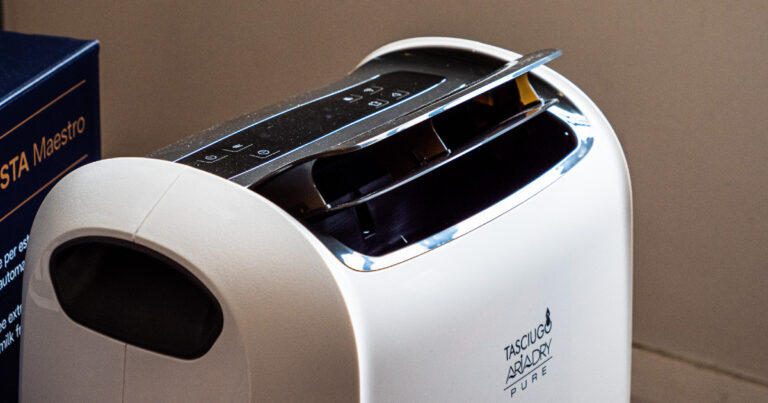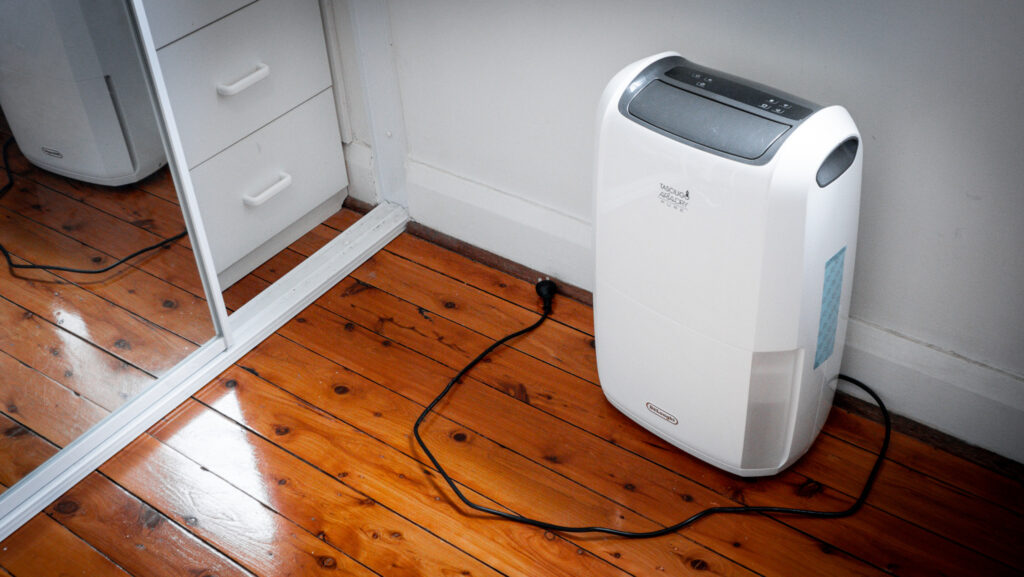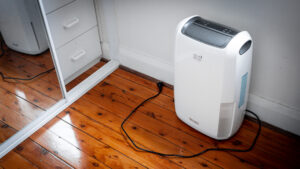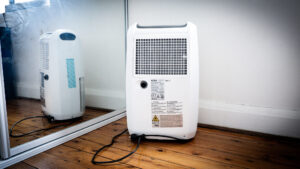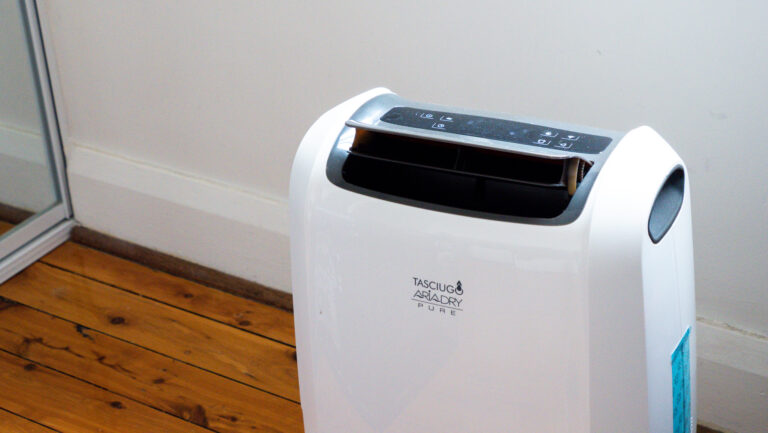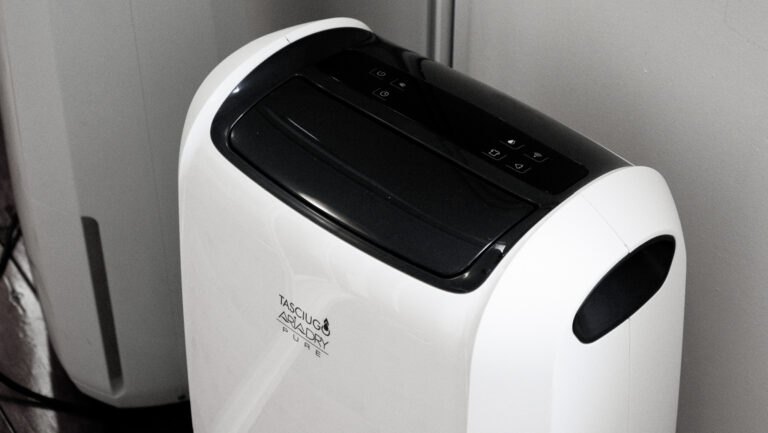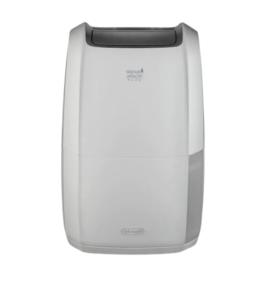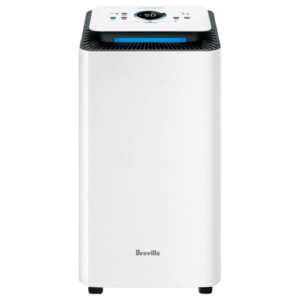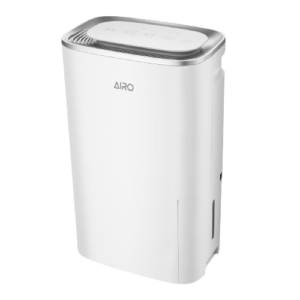Optus Mobile Review ALDI Mobile Review Amaysim Mobile Review Belong Mobile Review Circles.Life Review Vodafone Mobile Review Woolworths Mobile Review Felix Mobile Review Best iPhone Plans Best Family Mobile Plans Best Budget Smartphones Best Prepaid Plans Best SIM-Only Plans Best Plans For Kids And Teens Best Cheap Mobile Plans Telstra vs Optus Mobile Optus NBN Review Belong NBN Review Vodafone NBN Review Superloop NBN Review Aussie BB NBN Review iiNet NBN Review MyRepublic NBN Review TPG NBN Review Best NBN Satellite Plans Best NBN Alternatives Best NBN Providers Best Home Wireless Plans What is a Good NBN Speed? Test NBN Speed How to speed up your internet Optus vs Telstra Broadband ExpressVPN Review CyberGhost VPN Review NordVPN Review PureVPN Review Norton Secure VPN Review IPVanish VPN Review Windscribe VPN Review Hotspot Shield VPN Review Best cheap VPN services Best VPN for streaming Best VPNs for gaming What is a VPN? VPNs for ad-blocking Regardless of when that sticky situation rolls around, it’s better to be ready with a dehumidifier than steel yourself for the alternative. Fortunately, Aussies have plenty of options to choose from. Shopping for a new dehumidifier in 2022 involves far more than just the big household names like Breville, Philips and DeLonghi. What’s more, dehumidifiers aren’t a category where you necessarily need cutting-edge features or the biggest specs. You kinda just need it to work. A dehumidifier doesn’t need to work wonders, it just needs to ask as little of you as possible. That’s the baseline that most dehumidifiers are working towards, but that’s where the pitch for the DeLonghi Tasciugo AriaDry Pure begins. The Jenga tower of expectations that this hybrid assembles starts small but looms as large as the lofty price tag awaiting those who stay through to the end. Where cheaper alternatives stop at meeting the needs of consumers, the DeLonghi Tasciugo AriaDry Pure looks to raise the bar. As far as dehumidifiers of this size go, that’s fairly expensive. It’s not as much of a premium as you can end up paying when it comes to this particular branch of consumer tech, but it’s far cry from more budget-friendly options like the Breville Smart Dry Connect Dehumidifier. That said, it can pay to look around. Check out the table below for a round-up of Australian pricing for the DeLonghi Tasciugo AriaDry Pure Dehumidifier. The overall form factor of the Tascuigo AriaDry isn’t too far from the average, though it’s elevated by the clean and practically-oriented touches that you’d expect from a big-name brand like DeLonghi. It’s a big rectangular unit with rounded curves. It looks heavy to carry, but it’s armed with a set of wheels that make it easy to roll around. In terms of how much space it takes up, it’s roughly on par with a slimmer tower-style desktop computer. The front-facing half is featureless and easy on the eyes, while the business end is covered in all the usual vents, including a hose connection. Silver-grey accents are used to distinguish between the parts of the Tascuigo AriaDry that you should and shouldn’t spend any hands-on time with. In this case, that covers the handle grooves on the side and the control panel on the top. DeLonghi has kept things simple here. Most of the buttons are simple and obvious to decipher, though the utility and readability of a few are a bit less so. As someone who has not used many dehumidifiers before, I needed to trawl the manual for the Tascuigo AriaDry more than once to get a sense of what wavy lines corresponded to which functions. As for smarts, the DeLonghi Tasciugo AriaDry Pure integrates neatly with DeLonghi’s own Comfort App. Available on iOS and Android, this companion piece requires you to create and log in with a DeLonghi Account in order to get full access to the deeper settings and functionality that the hardware here is built to offer. Once you’ve done so, the app here allows you to remotely toggle the unit between its various modes, schedule activity and even integrate it into a wider smart home setup. It’s not exhaustive in its functionality, but it is comprehensive enough to meet the needs of most everyday users. Unfortunately, the app quickly proved itself irksome to use. It’d constantly ask me for login details and refuse to integrate with any of my password managers. It’s easy to imagine a worse version of the software and smarts here, but the interface involved is clunky enough to use that it’s not hard to wish for a better one either. Those looking to rely on the Tascuigo AriaDry for its chief purpose need only hit the power button and select a desired level of humidity. The compressor-based dehumidifier works in 5% increments, starting at 30% and letting you go all the way up to 70% humidity. DeLonghi claims that the Tascugio AriaDry is best utilised in rooms of up to 90 square meters, but leaving it to run in a smaller space just means it’ll work its magic that much faster. In any case, a capacity tank of 5L gives you plenty of time before you need to deal with mundane concerns of maintenance. The other feature worth paying lip service here is the dedicated laundry mode. The Tascuigo AriaDry is hardly the only dehumidifier with this kind of garment-specific mode, but it’s still a neat value-add. As someone who doesn’t own a dryer and has to rely on the weather to air out my laundry every week, I know I definitely appreciated the inclusion of this particular feature. When it comes to the design, the only thing I’d dock the DeLonghi Tasciugo AriaDry Pure points for is the length of the cable. At around two meters, you do get a little bit of flexibility but not nearly enough or as much as I’d like. This literal shortcoming directly affected how and where I used this particular device and I would have preferred DeLonghi had opted for a longer or extendable and retractable cable instead. Treated (and used) primarily as a dehumidifier, DeLonghi’s latest ticks all the right boxes. The weather in Sydney has been erratic enough lately that I didn’t need to rely on it every single day, but whenever I did I was more-or-less satisfied with the results that the DeLonghi-made dehumidifier delivered. It reliably made the air inside my apartment less soggy in short order. However, the ticking of these boxes rarely constitutes the whole story and that’s very much the case here. There’s a HEPA filter that promises to weed out dust, pollutants, and bacteria. However, since it is only an E12 filter, it won’t be able to do anything about more noticeable odours like those associated with tobacco or smoke not to mention actual airborne viruses. It’s nice to have a little bit of air purification in the mix, but the disadvantages here make the argument for a more dedicated device all but inevitable. Despite the price, the DeLonghi Tasciugo AriaDry Pure simply isn’t built to be a full-time air purifier. Cleaner air is a thrifty side dish to the de-humidification, but it’s far from the main course or house special. Compared to many of the other air purifier options available to Aussies right now, the DeLonghi Tasciugo AriaDry Pure doesn’t quite deliver what it needs to do to live up to the lofty price tag. There are plenty of cheaper options that offer superior air purification capabilities. Even if the Tascuigo AriaDry is geared to cover a larger space and run at a smaller number of decibels, the specific caveats here are hard to stomach. Every one of the DeLonghi Tasciugo AriaDry Pure’s many bells and whistles feels like it is designed to distract you from that $649 RRP. Things like laundry mode and the companion app that allows you to remotely operate the device are designed to take the sting out of the fact that you are paying a fair bit more than you probably need to for a dehumidifier. As someone who doesn’t dabble all that deeply into the world of home automation, I struggled to make use of all that additional functionality. Add in the borderline overkill of 90 cubic meters of coverage, and it feels like you really have to do a lot with the Tascuigo AriaDry to make the numbers make sense. Once it worked its magic, the Tascuigo AriaDry did a satisfactory job of leaving the air as crisp as I wanted or desired it to be. However, just as consistently, I felt that it was a little bit much for my needs. Though the latter bills itself as purely de-humidification focused, it boasts many of the same bells and whistles as DeLonghi’s latest delight. The Breville is slightly pricier and comes with only 80m3 of coverage, but it does also come with a larger 30L capacity tank. If you live in a smaller home and like the idea of having to empty out your dehumidifier less frequently, it’s an option worth considering. If you need to zhush up the air in a larger room, can clearly see yourself benefiting from the smart and laundry drying capabilities and don’t mind the air purification-related caveats that come with the DeLonghi Tasciugo AriaDry Pure, then by all means go for it. All the same, I’m a little reluctant to recommend this particular dehumidifier to those who don’t already basically know that it’s for them. Those in the market for either a dehumidifier or an air purifier are probably going to better off going with something cheaper but more focused. The DeLonghi Tasciugo AriaDry Pure walks the line between air purifiers and dehumidifiers but wears the cost of that added flexibility before ultimately passing it on to you. It’s easy to recommend the hardware, but hard to endorse the price involved. Those looking to strip out some of the humidity inside their home will like what a dehumidifier has to offer. Meanwhile, those looking to deal with odours, smoke, dust and germs are going to better off with a dedicated air purifier.
